Find Freedom from Fear: Your Guide to Phobia Therapy
Does a specific fear dictate the choices you make? Perhaps it’s the dizzying thought of heights that keeps you from a friend’s high-rise apartment, or the frantic beat of your heart at the sight of a spider that makes you avoid the garden. A phobia is more than just a simple fear, it’s a powerful, persistent, and often overwhelming force that can shrink your world, one avoided situation at a time. But your world doesn’t have to stay small. There is a clear, evidence-based path to reclaim your life from fear, and it’s called phobia therapy.
This comprehensive guide will walk you through the landscape of phobia treatment. We will explore what phobias truly are, demystify the therapeutic processes that have helped millions, and show you what to expect on your journey toward freedom. You are not alone in this struggle, and effective, compassionate help is available.

What Exactly Is a Phobia?
A phobia is an intense and irrational fear of a specific object, situation, or activity. This fear is so profound that it is wildly out of proportion to the actual danger posed, leading to significant distress and a compelling need to avoid the trigger at all costs.

How is a phobia different from a regular fear?
A regular fear is a natural and adaptive human response to a genuine threat. If you encounter a bear while hiking, feeling fear is a rational reaction that triggers your survival instincts. A phobia, however, involves a fear that is excessive and irrational, causing immense anxiety even when you consciously know the threat is minimal or nonexistent.
The key difference lies in the impact on your life. A person with a fear of flying might feel nervous during takeoff but will still board the plane for a holiday. Someone with a phobia of flying, or aviophobia, might turn down a dream job, miss a family wedding, or experience panic attacks just thinking about an airport. The phobia actively interferes with and limits their daily functioning and life choices.

What are the main types of phobias?
Phobias are generally categorized into three main types. Understanding these categories can help clarify the nature of your specific fear.
The first and most common category is Specific Phobias. These are intense fears related to a particular object or situation. They are often subdivided further into animal types like arachnophobia (spiders) or cynophobia (dogs), natural environment types like acrophobia (heights) or aquaphobia (water), situational types like claustrophobia (enclosed spaces) or aerophobia (flying), and blood-injection-injury types, which can cause a unique fainting response.
The second type is Social Phobia, also known as Social Anxiety Disorder. This involves a deep fear of social situations where you might be judged, scrutinised, or humiliated by others. It’s not just shyness, it’s a crippling fear of speaking in public, meeting new people, or even eating in front of others.
The third type is Agoraphobia. This is a complex phobia involving a fear of being in situations or places where escape might be difficult or help might not be available if you have a panic attack. People with agoraphobia often fear open spaces, crowded places, public transport, or even being outside their home alone. It can become so severe that a person feels unable to leave their house.
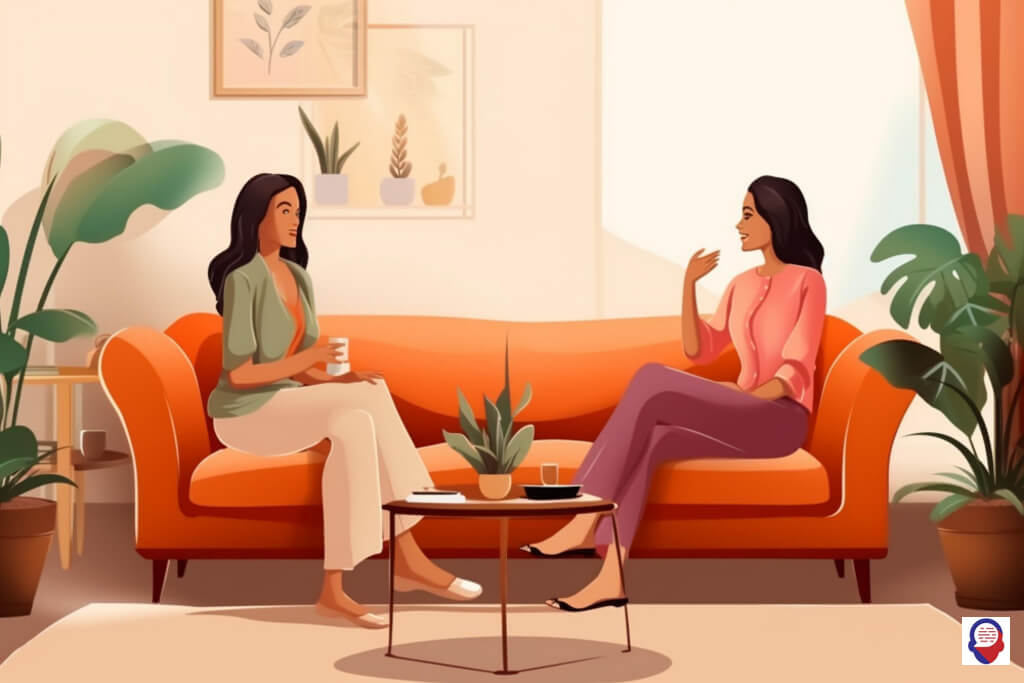
Why do phobias develop?
The origins of a phobia can be complex and are not always clear, but they often stem from a combination of factors. There is no single cause, and the reason a phobia develops in one person may be completely different for another.
Many phobias are believed to be learned experiences. This can happen through a direct traumatic event, such as being bitten by a dog as a child, which can lead to a lifelong phobia of dogs. It can also happen through observation, where you witness someone else, particularly a parent or sibling, have a fearful reaction to an object or situation and subsequently internalise that fear yourself.
Informational transmission is another pathway. Hearing or reading about dangerous events, such as a plane crash or a shark attack, can sometimes be enough to trigger a phobia in a susceptible individual. Genetics and brain chemistry may also play a role, as some people seem to be born with a greater predisposition to anxiety and fear than others.

How Does Phobia Therapy Work?
Phobia therapy works by helping you gradually and safely confront your fears while changing the negative thought patterns and behaviours that maintain the phobia. The goal is to systematically desensitise you to your fear trigger, teaching you that your feared outcome is unlikely and that you can manage your anxiety.

What is the most common type of phobia therapy?
The most common and effective form of phobia therapy is Exposure Therapy. This behavioural treatment is considered the gold standard for specific phobias, with decades of research supporting its success in helping people overcome their fears.
Exposure therapy involves a structured and controlled process of confronting the object or situation you fear. A therapist guides you through this process in a safe environment, starting with things that cause only mild anxiety and slowly building up to more challenging exposures. The core principle is habituation, the idea that with repeated exposure, your fear response will naturally decrease over time.
The process typically begins with creating a "fear hierarchy" or "exposure ladder". You and your therapist will work together to list all the scenarios related to your phobia, ranking them from the least scary to the most terrifying. For someone with a spider phobia, the bottom of the ladder might be looking at a cartoon drawing of a spider, while the top might be holding a harmless spider in a container.
There are different ways to conduct exposure. In vivo exposure means confronting the fear in real life, which is often the most effective method. Imaginal exposure involves vividly imagining the feared situation, which can be a useful starting point. Virtual Reality (VR) exposure is a modern technique that uses technology to create a simulated environment, offering a powerful and controlled way to face fears like flying or heights.

What is Cognitive Behavioural Therapy (CBT) for phobias?
Cognitive Behavioural Therapy, or CBT, is a highly effective therapeutic approach that addresses the interconnected thoughts, feelings, and behaviours that fuel a phobia. It operates on the principle that it’s not the situation itself that causes your fear, but your interpretation and thoughts about that situation.
CBT for phobias combines the principles of exposure therapy with cognitive restructuring. The cognitive component helps you identify, challenge, and change the irrational and catastrophic thoughts associated with your phobia. For example, if you have a fear of dogs, you might automatically think, "That dog is going to attack me." A CBT therapist would help you examine the evidence for that thought. Is the dog on a leash? Is it wagging its tail? Are most dogs friendly?
By learning to question these automatic negative thoughts and replace them with more realistic and balanced ones, you begin to dismantle the cognitive foundation of your fear. This process is called cognitive restructuring. It empowers you to see the feared object or situation in a new, less threatening light.
The behavioural component of CBT is essentially exposure therapy. After you start changing your thought patterns, the therapist will guide you through behavioural experiments, which are gradual exposures to your fear. This real-world practice helps solidify your new, more rational beliefs. You learn through direct experience that your feared catastrophes do not happen and that you are capable of coping with the anxiety you feel.

Are there other effective therapies?
While CBT and exposure therapy are the primary treatments, other therapeutic modalities can be effective, particularly for phobias linked to trauma. These approaches can provide additional tools for managing fear and anxiety.
Eye Movement Desensitization and Reprocessing (EMDR) is a therapy that is often used for phobias that stem from a specific traumatic incident. EMDR helps the brain process the distressing memory, reducing its emotional charge. By processing the trauma, the phobic response that was once attached to it can significantly diminish or disappear entirely.
Relaxation techniques are also a crucial part of many phobia treatment plans. A therapist might teach you skills like diaphragmatic breathing, progressive muscle relaxation, or mindfulness meditation. These techniques don’t cure the phobia on their own, but they are powerful tools for managing the physical symptoms of anxiety and panic. Learning to calm your body’s "fight or flight" response gives you a greater sense of control when you encounter your fear trigger, making exposure work feel much more manageable.

What Can You Expect During a Therapy Session?
You can expect a collaborative, supportive, and structured process where you are always in control. A good therapist will create a safe space for you to explore your fears at a pace that feels comfortable for you, building trust and confidence along the way.
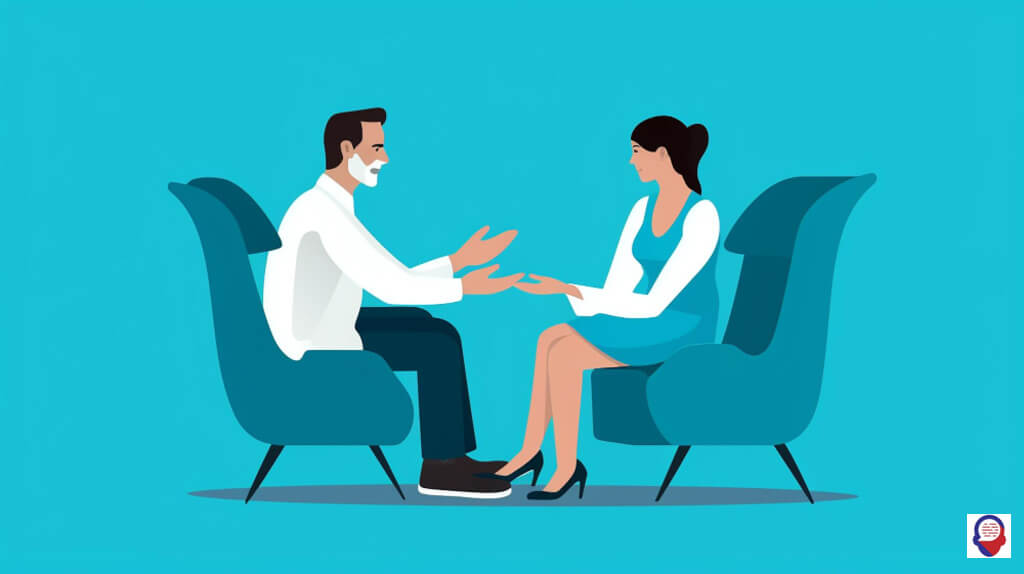
What happens in the first session?
The first session is primarily about assessment and building a therapeutic alliance. Your therapist’s main goal is to understand you and the nature of your phobia, and for you to feel comfortable and understood. You are not expected to face your greatest fear on day one.
Your therapist will ask you questions about your phobia. They will want to know what you are afraid of, when it started, and how it impacts your daily life. They may ask about the physical sensations you experience, the thoughts that run through your mind, and the things you do to avoid your trigger. This is all part of a comprehensive assessment to create a tailored treatment plan.
This initial meeting is also your opportunity to assess the therapist. It’s a two-way street. You should feel that the therapist is knowledgeable, empathetic, and someone you can trust. The connection you build with your therapist is one of the most important predictors of successful treatment.
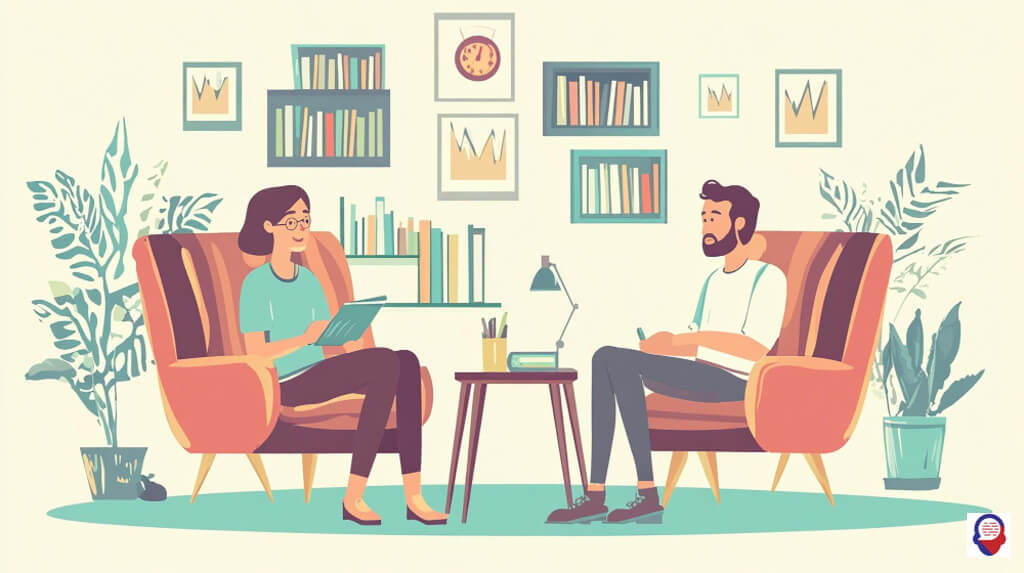
How long does phobia therapy usually take?
The duration of phobia therapy can vary significantly depending on the individual and the complexity of the phobia. However, treatment for specific phobias is often surprisingly brief, with many people seeing significant improvement in just 8 to 12 sessions.
Several factors influence the timeline. The severity of the phobia, how long you’ve had it, and your willingness to engage in exposure exercises outside of sessions all play a role. More complex conditions like social anxiety or agoraphobia may require longer-term therapy to address the underlying patterns of thinking and behaviour.
Your therapist will discuss a potential timeline with you after the initial assessment. The focus is always on progress, not on a rigid schedule. The goal is to empower you with the skills to manage your fear independently, so you can continue to make progress even after therapy concludes.

Will a therapist make me face my fear immediately?
Absolutely not. A competent and ethical therapist will never force you into a situation you are not ready for. The entire process of exposure therapy is built on the principle of gradual, collaborative progression.
You are the expert on your own fear, and you will be an active participant in designing your treatment. The fear hierarchy is created with your input, ensuring that the first steps are small and manageable. You will never be pushed to do something that feels overwhelmingly terrifying.
The therapist’s role is to be your guide and support system. They will encourage you to step just outside your comfort zone, but they will respect your boundaries. The process is designed to build your confidence, not to re-traumatise you. Trust is paramount, and a good therapist understands that this trust is earned by moving at your pace.
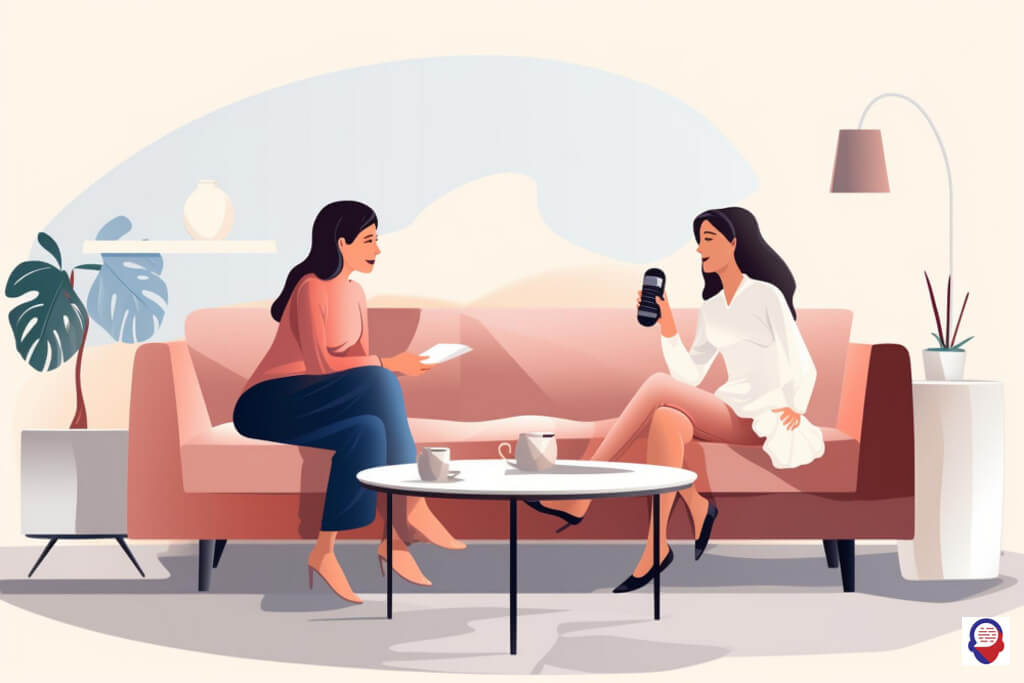
How Can You Find the Right Therapist?
Finding the right therapist involves looking for a qualified professional with specific experience in treating phobias and anxiety, and ensuring they are a good personal fit for you. This is a crucial step that can make all the difference in your treatment outcome.

What qualifications should I look for?
You should look for a licensed and accredited mental health professional. In the UK, this includes chartered psychologists, accredited psychotherapists, and counsellors who are registered with a professional body like the British Association for Counselling and Psychotherapy (BACP) or the UK Council for Psychotherapy (UKCP).
These credentials ensure that the therapist has met rigorous standards for education, training, and ethical practice. It’s also vital to seek out a therapist who specifically lists anxiety disorders, phobias, and Cognitive Behavioural Therapy (CBT) as areas of expertise on their profile or website. This specialisation means they will have the specific skills and experience needed to help you effectively.
Don’t hesitate to inquire about their qualifications directly. A good therapist will be transparent about their training and professional affiliations, as this helps build the foundation of trust necessary for a successful therapeutic relationship.

What questions should I ask a potential therapist?
Asking a few key questions during an initial consultation can help you determine if a therapist is the right fit for you. This initial conversation is your chance to interview them, just as they are assessing your needs.
Consider asking questions like, "What is your therapeutic approach to treating phobias?" You want to hear them talk about evidence-based methods like CBT and exposure therapy. You could also ask, "What experience do you have with my specific phobia?" While not essential, a therapist who has helped others with similar fears may have valuable insights.
Other important questions include, "How do you structure your sessions?" and "What would you expect from me as a client?" This helps clarify the collaborative nature of the work. Finally, trust your gut. Ask yourself, "Do I feel comfortable talking to this person?" The rapport you feel is just as important as their qualifications.

Can Medication Help Treat Phobias?
Yes, in some cases, medication can be a helpful component of a phobia treatment plan, but it is rarely a standalone solution. It is most effective when used to manage severe symptoms, allowing an individual to engage more fully in therapy.
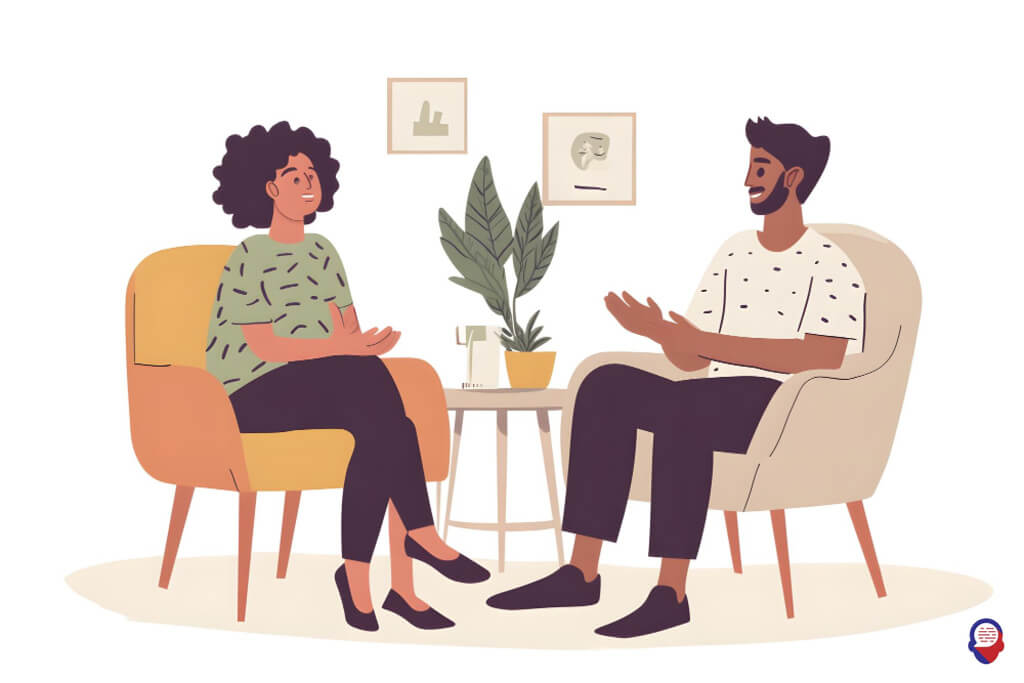
What types of medication are used?
There are two main classes of medication sometimes prescribed for phobias. The first is antidepressants, specifically Selective Serotonin Reuptake Inhibitors (SSRIs). These are often used for more pervasive conditions like social phobia and agoraphobia. SSRIs can help reduce the overall level of anxiety, making it easier to face feared situations.
The second type is beta-blockers. These medications are often used for performance-based social anxiety or predictable phobias, like a fear of public speaking. Beta-blockers work by blocking the effects of adrenaline, which means they control the physical symptoms of anxiety, such as a racing heart, trembling hands, and a shaky voice. By managing these physical responses, you can feel more confident and in control.

Is medication a standalone solution?
No, medication is not considered a standalone cure for phobias. While it can be very effective at managing symptoms, it does not address the underlying cognitive and behavioural patterns that maintain the fear. Therapy, particularly exposure therapy and CBT, teaches you the lifelong skills to confront and manage your fear without reliance on medication.
Think of medication as a set of stabilisers on a bicycle. It can provide the support and balance you need to learn how to ride. Once you have learned the skills of balancing, steering, and pedalling through therapy, the stabilisers can often be removed. The decision to use medication should always be made in consultation with a qualified medical professional, like a GP or a psychiatrist, and ideally in conjunction with a therapeutic plan.
Frequently Asked Questions

Can phobias be cured completely?
Yes, for many people, phobias can be effectively overcome to the point where they no longer interfere with their lives. The goal of therapy is to reduce the fear and avoidance to a manageable level, allowing you to engage in activities you once feared. While a trace of the old fear might occasionally surface, you will have the skills and confidence to handle it without it controlling you.
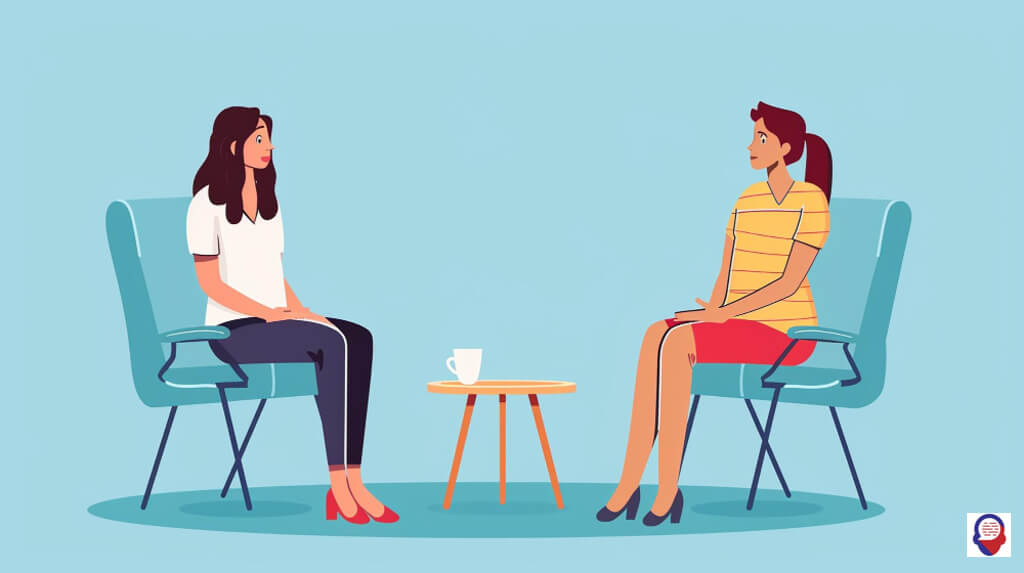
Is online phobia therapy effective?
Yes, a growing body of research shows that online therapy, also known as teletherapy, can be just as effective as in-person therapy for treating phobias. Platforms that offer video sessions with licensed therapists provide a convenient and accessible way to receive high-quality CBT and guided exposure therapy from the comfort of your own home, which can be particularly helpful for those with agoraphobia.

What if my phobia seems too embarrassing to talk about?
It is very common to feel embarrassed about a phobia, but a professional therapist will provide a non-judgmental and confidential space for you to talk. Therapists have heard it all, and they understand that phobias are not a reflection of your character or strength. Their only goal is to help you, and sharing your fear with a compassionate professional is the first step toward overcoming that shame.

Can I try to overcome a phobia on my own?
While self-help resources can be beneficial for mild fears, attempting to overcome a significant phobia on your own can be difficult and sometimes counterproductive. Without the guidance of a trained professional, you might attempt exposures that are too intense too soon, which can reinforce the fear. A therapist provides structure, safety, and expert guidance to ensure the process is both effective and manageable.
Your journey to overcoming fear doesn’t have to be walked alone. A phobia can feel isolating, but you are not without support. At Counselling-uk, we believe everyone deserves a safe, confidential, and professional place to find help with life’s challenges. Our accredited therapists are here to offer expert support for the phobias that hold you back, guiding you with compassion and evidence-based care. Taking the first step is an act of courage. Reach out today and begin your journey toward a life defined by freedom, not by fear.


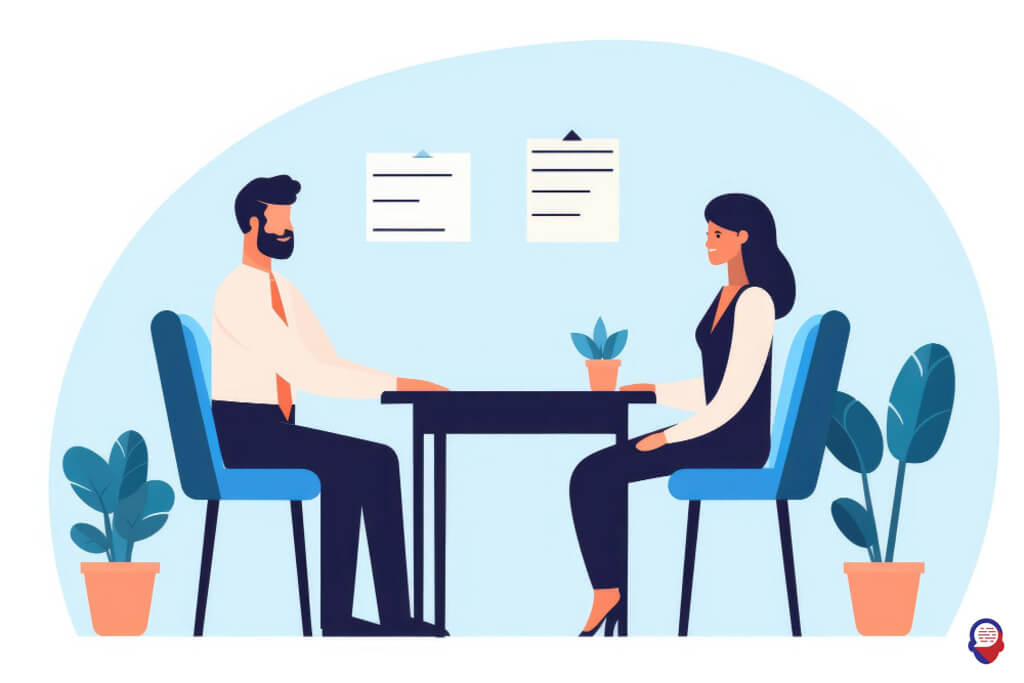


By following these steps and working closely with a qualified professional, it is possible to make progress towards overcoming a phobia over time. With patience and dedication, anyone can learn how to manage their fears and lead a healthier life free from anxiety.